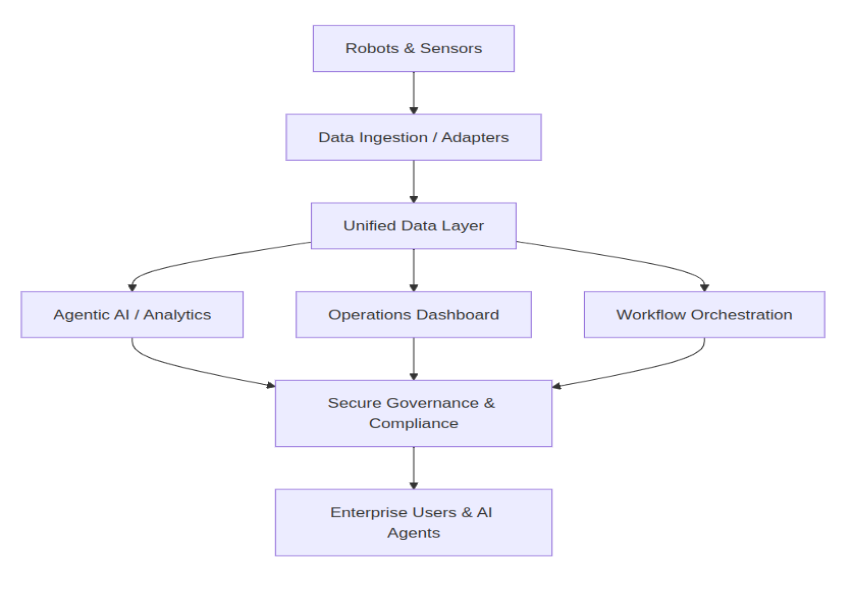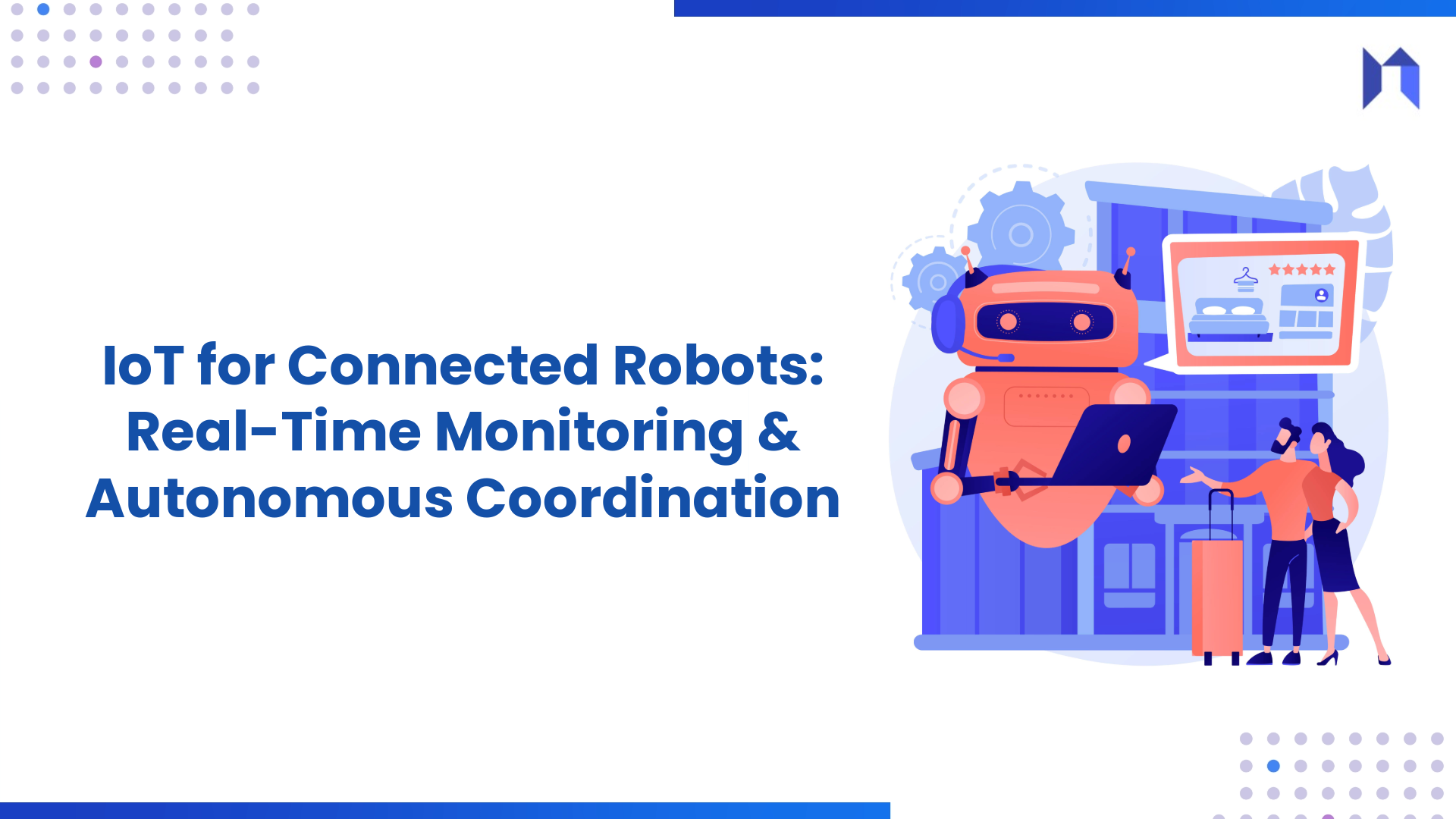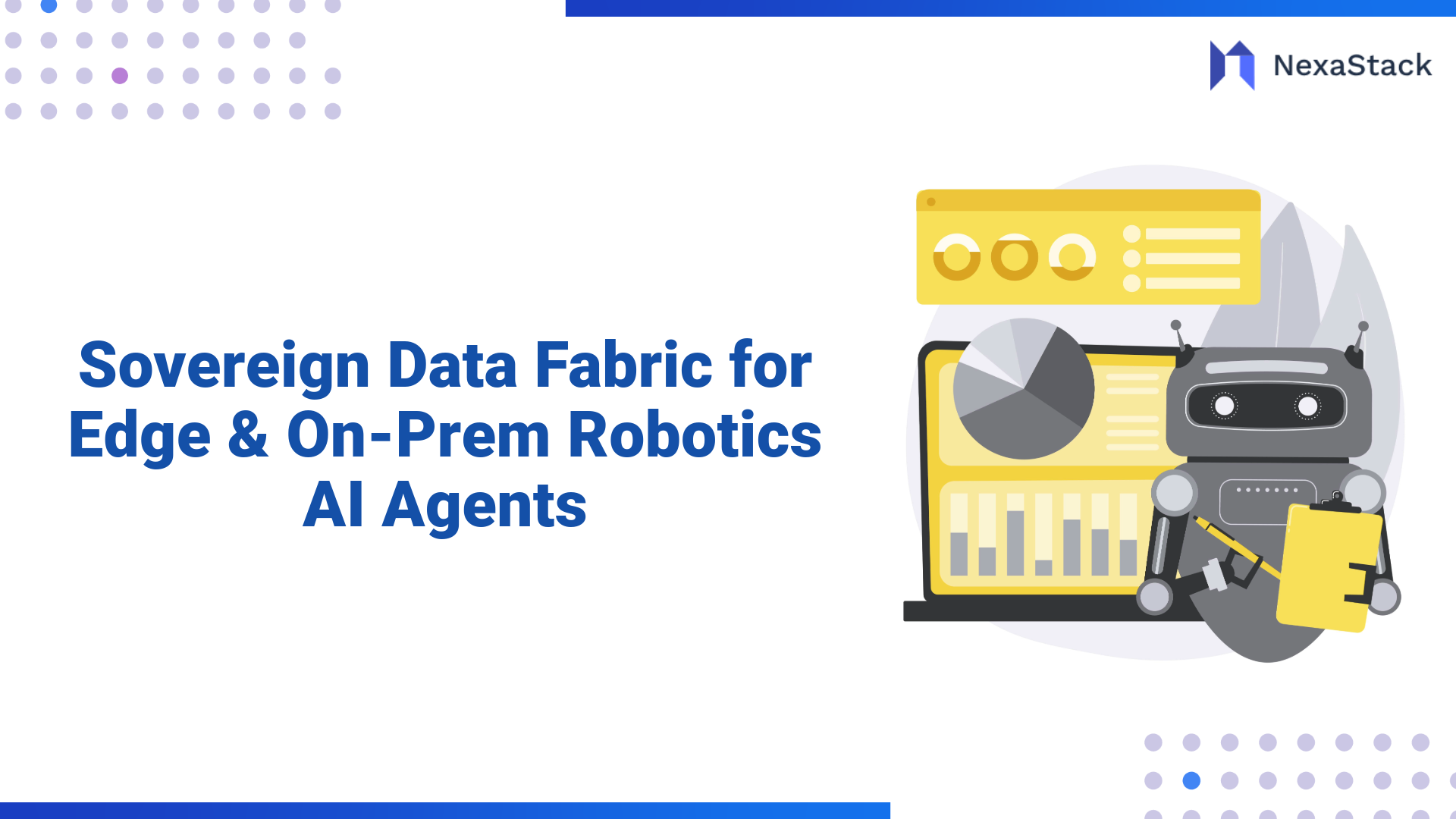Advanced Use Cases
Predictive Maintenance
By continuously monitoring telemetry and usage logs, Data Fabric enables proactive robot servicing, reducing unplanned downtime and repair costs. Integrated analytics predict failures based on historical trends, triggering automated maintenance tickets and ordering spare parts.
Quality Assurance Optimization
Real-time video feeds and sensor data are compared against calibrated baselines, enabling detection of quality deviations (e.g., assembly defects, misalignments). Anomalies are logged and flagged for remediation, improving first-pass yield and reducing costly rework.
Fleet-Wide Optimization
Patterns revealed across hundreds or thousands of robots allow organizations to identify underperforming models, streamline firmware updates, and optimize task scheduling for improved throughput and resource utilization.
Results and Benefits
-
Operational Transparency: Data Fabric provides instant, unified visibility into all robotic data streams, facilitating rapid response to operational challenges.
-
Predictive Analytics: Maintenance costs and downtime are reduced, thanks to real-time anomaly detection and forecasting.
-
Compliance and Security: End-to-end governance, policy enforcement, and audit trails meet industry mandates, protecting sensitive IP and operational data.
-
Enterprise Scalability: A modular architecture supports rapid deployment across multiple sites and thousands of robots, facilitating enterprise digital transformation.
-
Human and AI Collaboration: The Data Fabric equips both data scientists and plant managers with actionable intelligence, striking a balance between autonomy and human oversight for critical processes.
Best Practices for Implementation
-
Start Small and Scale: Begin data fabric integration with high-impact robotics assets to establish quick wins and foster wider adoption.
-
Clear Governance: Define transparent workflows for agent-recommended changes. Maintain configurable approval channels for critical actions to ensure safety alignment and compliance.
-
Continuous Model Improvement: Use feedback loops to refine AI agents, leveraging new data for improved recommendation accuracy.
-
Enhanced Dashboards: Empower domain experts with self-service dashboards and drill-down capabilities across fleets, algorithms, and workflows.
-
Comprehensive Documentation: Ensure that all optimization actions, troubleshooting steps, and governance processes are thoroughly documented for compliance and knowledge-sharing purposes.
Future Plans
-
Extending Coverage: Expand the data fabric to incorporate supply chain analytics, maintenance history, and external partner data for holistic insight.
-
Digital Twin Integration: Integrate digital twins of robotics workflows to simulate production scenarios, optimize algorithms, and implement changes with minimal risk.
-
Autonomous Agent Evolution: Advance agentic orchestration to facilitate autonomous decision-making for robotics fleets, supporting self-healing, self-optimizing systems at enterprise scale.
-
Sustainability and Energy Optimization: Leverage integrated metrics to reduce carbon footprint, achieve energy savings, and foster sustainable operations.
Conclusion
Data Fabric represents a transformative leap for robotics organizations, providing seamless data integration, end-to-end visibility, security, compliance, and AI-driven automation. NexaStack’s industrial AI infrastructure enables these capabilities through agentic orchestration, edge analytics, and composable frameworks, positioning robotics leaders for continuous innovation in efficiency, safety, and resilience. The future of robotics is intelligent, connected, and data-driven—powered by a scalable data fabric architecture.
Frequently Asked Questions (FAQs)
Nexastack’s Sovereign Data Fabric empowers robotics ecosystems with secure, low-latency data management across edge and on-prem environments. It ensures data sovereignty, real-time AI agent coordination, and seamless orchestration of robotic operations with compliance and control.
What is a Sovereign Data Fabric for Robotics AI Agents?
A Sovereign Data Fabric provides a unified, secure data infrastructure for managing and sharing data between edge, on-prem, and robotic systems. It ensures compliance, sovereignty, and optimized data flow for AI-driven robotic operations.
Why is data sovereignty important in robotics?
Data sovereignty ensures that robotic systems comply with local regulations and that sensitive operational data remains within national or organizational boundaries—critical for industries like manufacturing and defense.
How does the Data Fabric enhance edge and on-prem performance?
By processing data locally at the edge, the fabric reduces latency, boosts response times, and enables autonomous decision-making for AI agents in real-world robotic applications.
Can Nexastack’s Data Fabric integrate with existing robotic platforms?
Yes, Nexastack is designed for interoperability. It connects seamlessly with existing robotic control systems, AI inference engines, and sensor data pipelines for real-time coordination and orchestration.
What industries benefit most from Sovereign Data Fabric?
Industries like manufacturing, logistics, healthcare, and robotics benefit from secure, compliant, and low-latency AI agent operations that enhance autonomy and efficiency.





